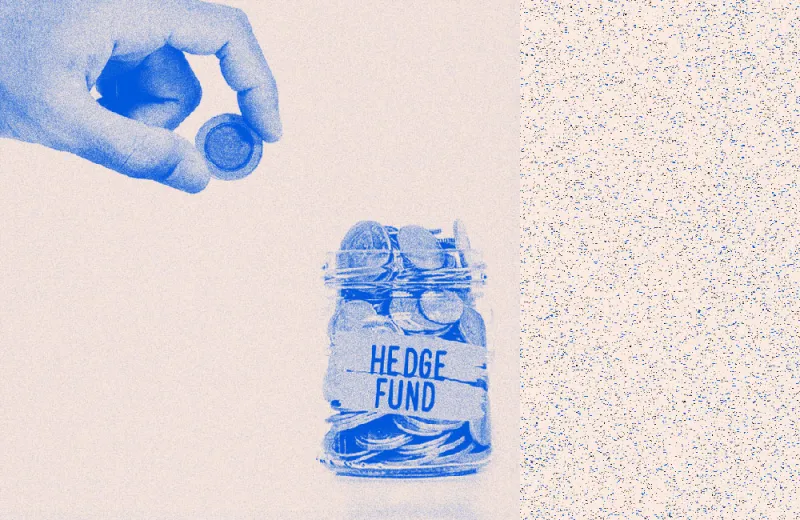Allocators’ enthusiasm over hedge funds hasn’t been this high since 2015.
Institutional investors deployed $19.8 billion in hedge funds in the first quarter, marking the highest quarterly inflow in seven years, according to the latest report by Hedge Fund Research. The biggest hedge funds continued to dominate inflows, with those managing at least $5 billion in assets attracting $16.8 billion alone in the past three months, according to the report. Total assets in hedge funds increased by more than $1 trillion in the trailing eight quarters, after falling below $3 trillion during the first quarter of 2020.
The surging inflows come as hedge funds generated strong returns globally. HFR’s HFRI 500 Index, which measures the performance of the largest hedge funds, posted a small gain of 0.3 percent in the first quarter, but beating the Nasdaq Composite and the S&P 500 by 9 percentage points and 5 percentage points, respectively.
The extreme market volatility has been a tail wind for hedge funds in recent months. Uncorrelated macro strategies, which can perform well amid global economic uncertainty, delivered an average return of 9.1 percent in the first quarter, according to HFRI. In line with the gains, these funds grew by $40 billion and ended the quarter with $678 billion in assets under management. Managed futures funds, which led with a record average return of 24 percent, attracted $3.3 billon in net new capital. These funds ended the quarter with $337 billion in assets.
Macro hedge funds experienced a historic quarter, according to HFR’s president Ken Heinz. Macro strategies usually have a low correlation to the performance of the equity market, he said. While the stock markets took a deep dive in the first quarter, macro-strategy funds escaped relatively unscathed because their investment process is based on predictions of movements in underlying economic variables, such as inflation and interest rates. “They are very agnostic to being long or short,” Heinz told II. “They are just putting on a position of whatever the model is telling them.”
Hedge fund strategies that can generate returns in the rising-rate environment also gained favor among investors. According to HFR, Relative Value Arbitrage strategies, which focus on fixed income investments that are sensitive to interest rates and credit, attracted $14.9 billion in the first quarter. Such strategies, according to the report, are good at navigating “not only a sharp increase in interest rates, but also a yield curve inversion, the highest inflation in 40 years, a sharp increase in sovereign default risk, an intra-quarter flight to quality reversal of interest rate increases, and expectations for additional rate increases in 2022.”
Heinz expects hedge funds to continue to outperform, given that factors like geopolitical tensions, interest rate increases, and uncertainty around Covid-19 are unlikely to fade this year.







